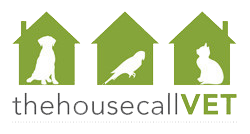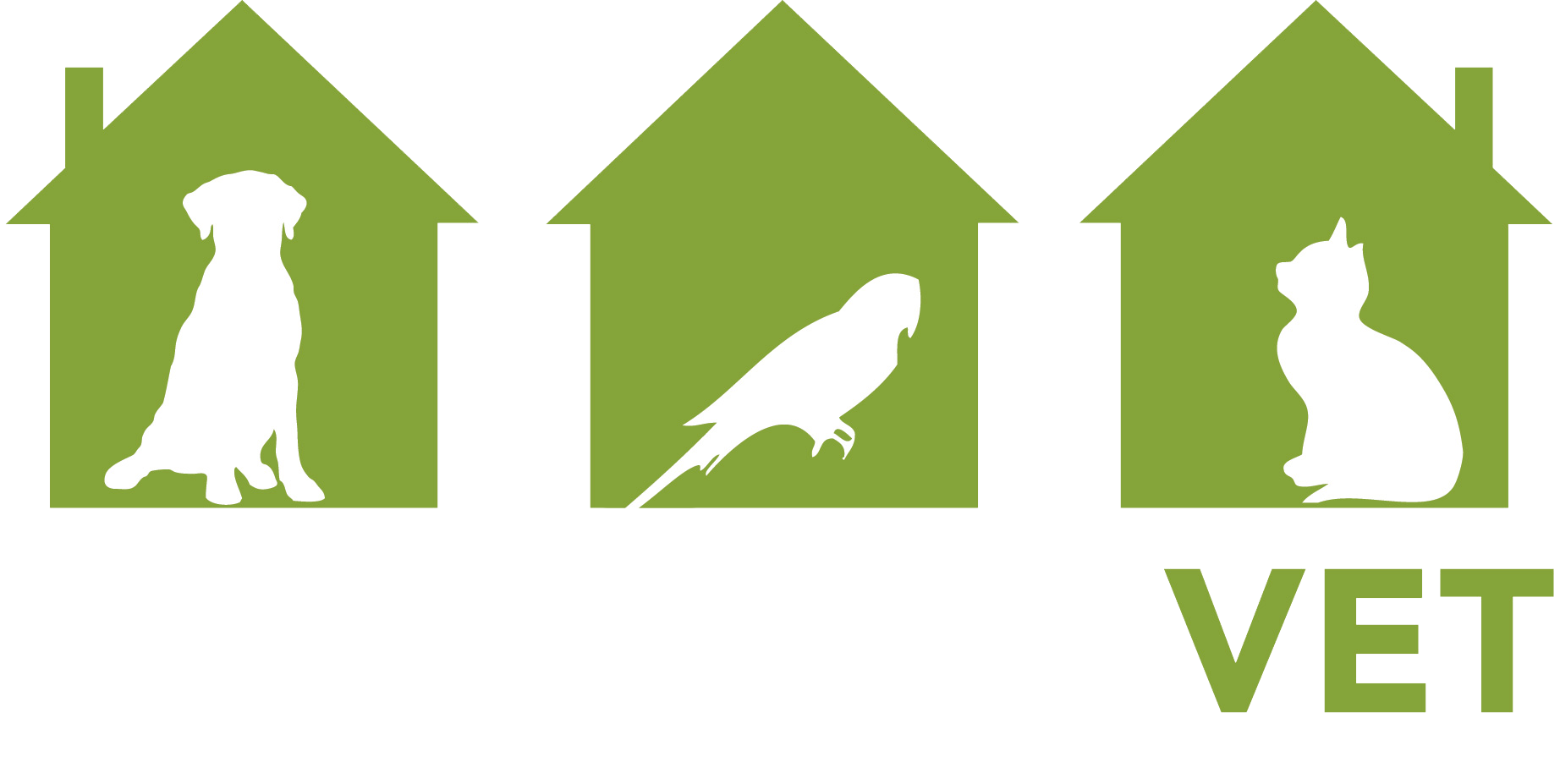While a few extra treat and a chunky pet may seem harmless, in many cases this can lead to a myriad of health issues and a reduced quality of life. In recent years, obesity in pets have quickly become an alarming and growing concern in many countries.
Just like humans, pets can also struggle with excess weight, and it’s a condition that deserves our attention, care, and understanding. In this post, we provide an in-depth understanding of pet obesity, shedding light on its causes, consequences, and most importantly, how we can prevent and manage it effectively.
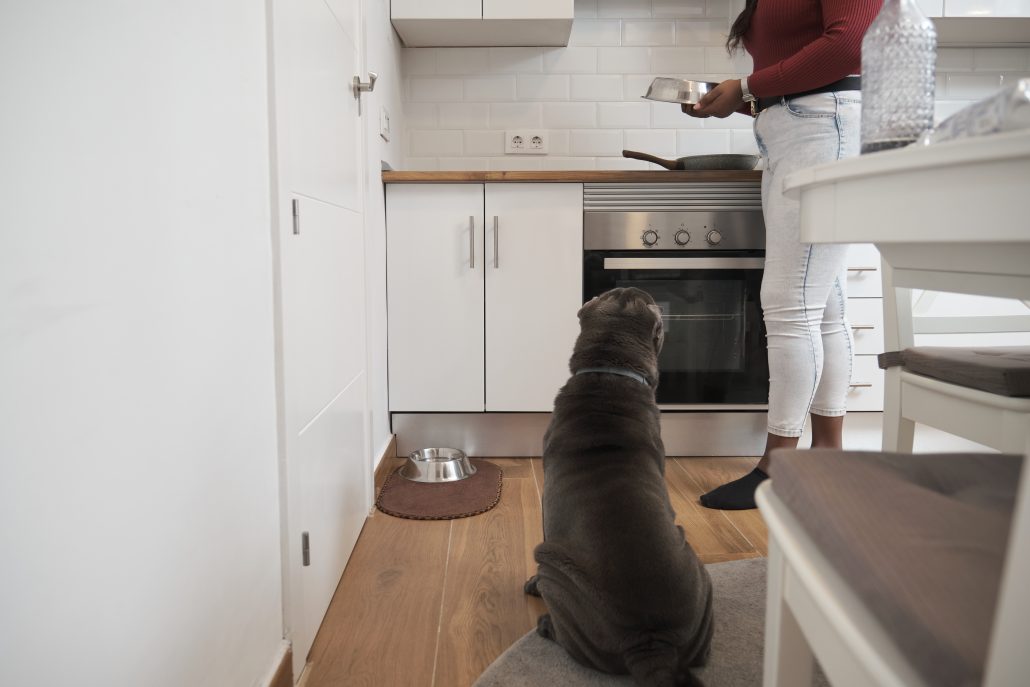
Defining Obesity & Excess Pet Weight
Put simply, pet obesity is when a pet has too much body fat that it has a negative impact on their health, welfare and quality of life. It is one of the most common forms of malnutrition is pets with studies by the Australian Veterinary Association identifying 41% of dogs and 32% of cats in Australia as either overweight or obese.
The prevalence of obesity in pets can be attributed to a number of factors. One of the main causes is overfeeding. Many pet owners are unaware of the appropriate portion sizes for their pets and may unknowingly be providing them with too much food. Similarly, a lack of exercise is another contributing factor to pet obesity. Pets that do not get enough physical activity are more likely to become overweight or obese.
Some other factors that increase the risk of obesity in pets include:
- Breed – certain breeds have a higher risk of obesity
- Age – the risk of excess weight increases with age.
- Neuter status – neutered pets are more at risk of obesity
- Sex – Obesity is also reported to be more common in females.
Health Risks Associated with Obesity in Pets
Excess weight and obesity in pets can lead to a number of serious health issues. The most common include:
- Diabetes
- Heart disease
- Respiratory distress
- High blood pressure
- Joint damage and osteoarthritis
- Certain tumour growth
If left untreated these problems can also lead to secondary complications such as kidney, eye diseases and pancreatitis. Overweight pets are also prone to skin irritation and fungal infections as they tend to have more skin folds.
Read More: Diabetes in Pets: What You Should Know
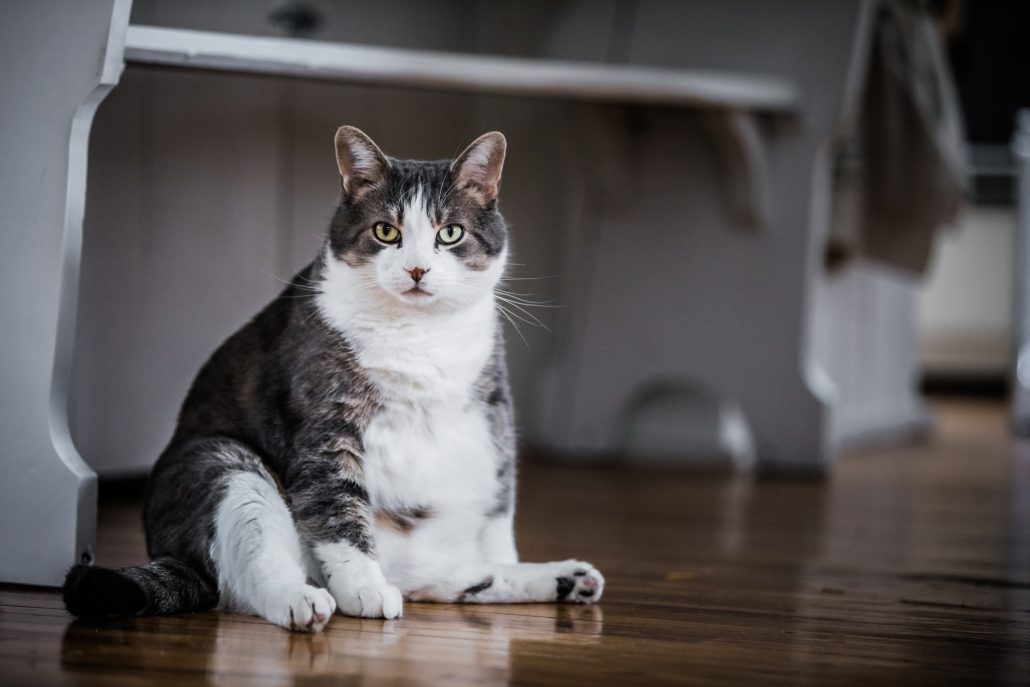
Identifying if Your Pet is Overweight
It can be difficult for pet owners to determine if their pets are overweight or obese, with 90% of pet owners not realising their pet is overweight. One way to determine if your pet is overweight is to perform a body condition score evaluation. This involves assessing your pet’s body shape and feeling for excess fat around their ribs and spine.
- Very Thin: If your pet is very thin, their ribs and spine may be overly visible, and they may lack muscle mass.
- Underweight: Underweight pets will have their ribs and spine more easily palpable than ideal, with minimal fat cover.
- Ideal Weight: Pets at their ideal weight will have a well-proportioned body with a healthy amount of muscle and a slight fat covering over their ribs.
- Overweight: Overweight pets will have excess fat over their ribs, making them difficult to feel.
- Obese: Obesity in pets is characterized by a significant amount of excess fat covering their ribs, spine, and other body areas.
Another way to determine if your pet is overweight is to track their weight over time. Regular weigh-ins at the veterinarian can help you monitor your pet’s weight and identify any changes.
Read More: The Importance of Desexing Your Pets
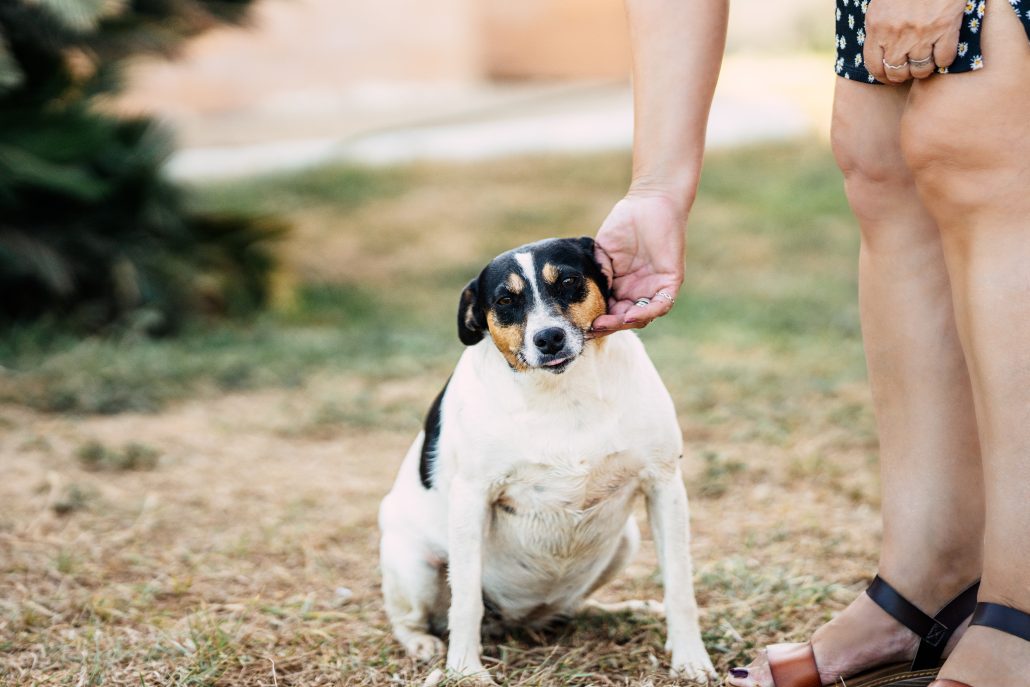
Treating & Managing Pet Obesity
While excess weight in our beloved pets is a cause for concern, the good news is that it’s a condition that can be treated and, more importantly, managed effectively. The journey to a healthier weight for pets begins with awareness, commitment, and the right strategies.
Creating a Weight Loss Plan for Your Pet
If you’ve noticed that your pet is carrying excess weight, taking action is essential. One way to prevent obesity is to provide your pet with a balanced, healthy diet. This means feeding them appropriate portion sizes and choosing foods that are low in calories and fat. Additionally, it is important to limit treats and table scraps, as these can contribute to excess calorie intake as well. Instead, offer your pet healthy treats, such as small pieces of cooked chicken or carrots.
Exercise & Activity Recommendations for Obese Pets
Exercise and physical activity are crucial for helping obese pets lose weight. Be sure to start slow and gradually increase the amount of exercise your pet gets. This can include short walks or play sessions that increase in duration as they become more active and accustomed to the exercise. Swimming is also a great low-impact exercise for obese pets and can help improve cardiovascular health as well as build muscle strength without putting undue stress on joints.
The Importance of Regular Veterinary Check-Ups for Obese Pets
Before making any significant changes to your pet’s diet or exercise routine, it’s crucial to consult with your veterinarian. They will assess your pet’s overall health, age, breed, identify any underlying conditions, and help you develop a safe and effective weight loss strategy.
Read More: Why You Should Stay With One Vet
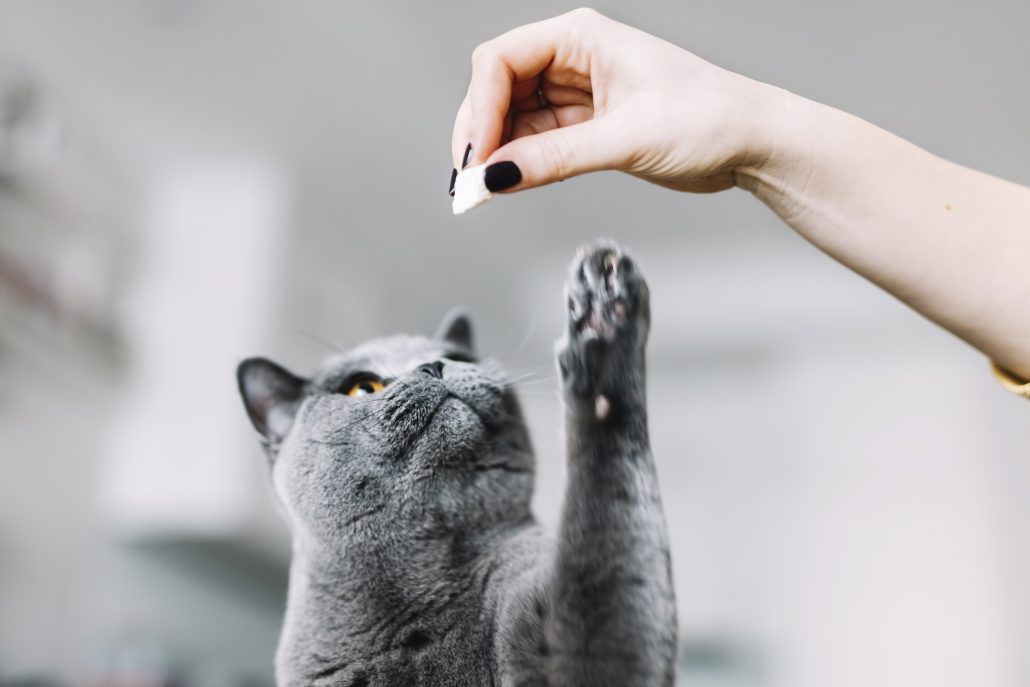
Overcoming Challenges in Helping Your Pet Lose Weight
Helping your pet shed those extra pounds can be a rewarding journey, but it’s not without its challenges. As pet owners, it’s natural to worry about your companion’s well-being, and the idea of them feeling hungry can be a source of concern. However, with the right approach and understanding, you can overcome these challenges and ensure your pet’s successful weight loss!
It’s essential to remember that a weight loss plan doesn’t equate to deprivation. The right diet is designed to meets your pet’s nutritional needs while promoting weight loss. This means your pet can enjoy their meals without excessive calorie intake. Often, veterinarians will recommend foods that help your pet feel satisfied while consuming fewer calories. These foods are designed to reduce hunger and prevent overeating, making the weight loss process more comfortable for your pet.
However, if you are facing challenges in your pet’s weight loss journey, don’t hesitate to consult your veterinarian. They are your best resource for addressing concerns, making necessary adjustments to the plan, and providing support and guidance!
Read More: Secrets To A Stress Free Vet Visit
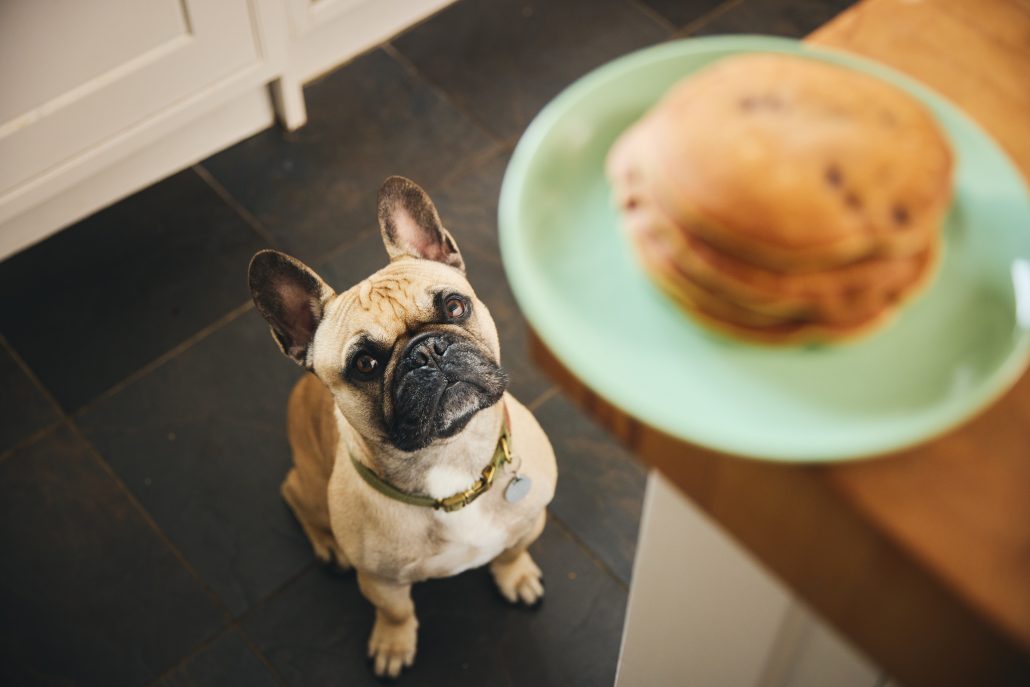
The Path to a Healthier, Happier Pet
Obesity in pets is a growing concern that can have serious health implications. Understanding the causes and risks associated with obesity in pets is crucial to preventing this condition and ensuring the health and happiness of our furry friends. By providing a balanced diet, regular exercise, and working with your veterinarian, you can help your pet maintain a healthy weight and prevent obesity-related health issues.
The House Call Vet are a leading vet clinic and mobile vet clinic in Brisbane dedicated to ensuring the health and happiness of your pets. From food sensitivities to excess weight, we offer expert advice and support to help you keep your furry friends healthy and happy. Contact us today to schedule a consultation.
